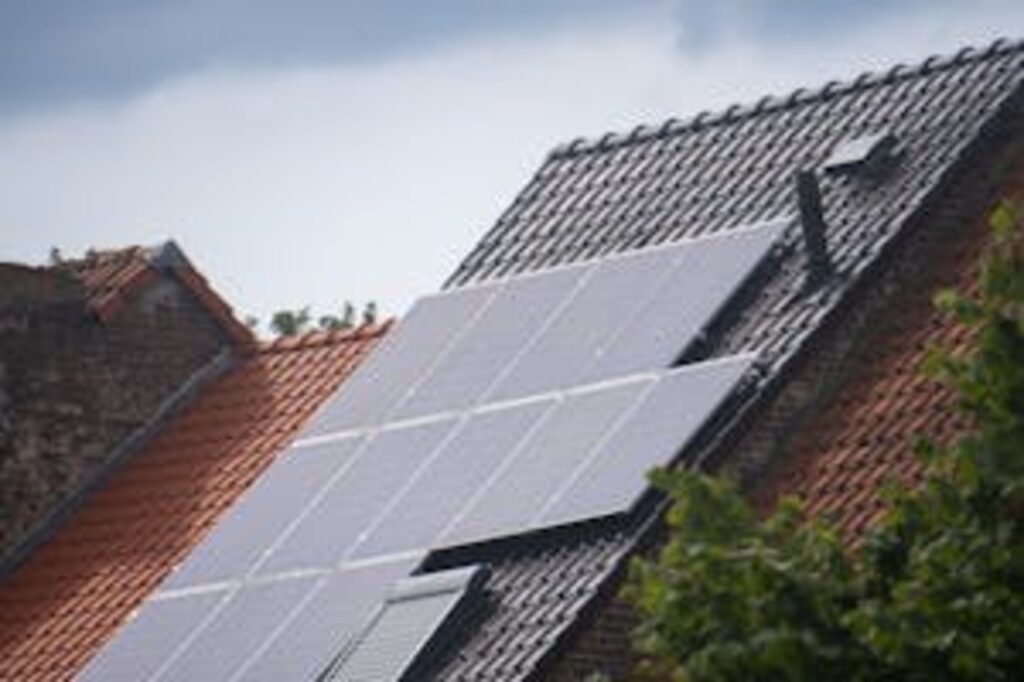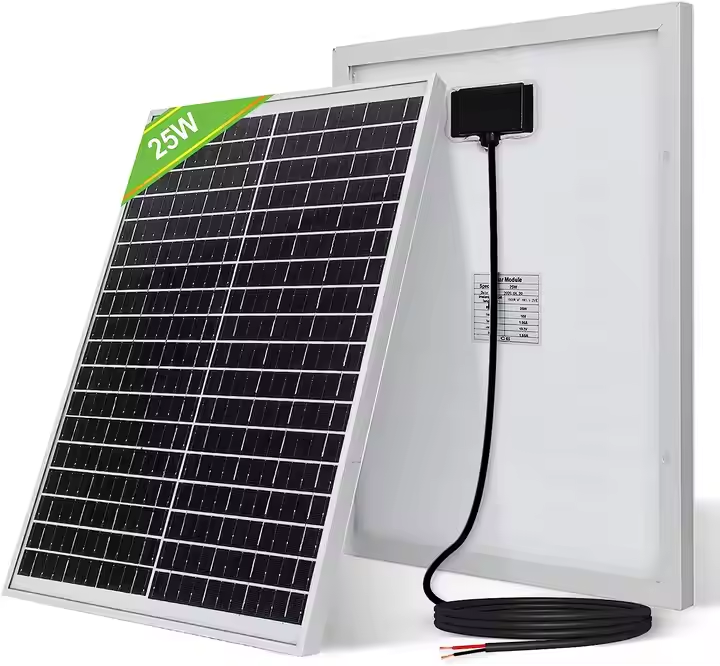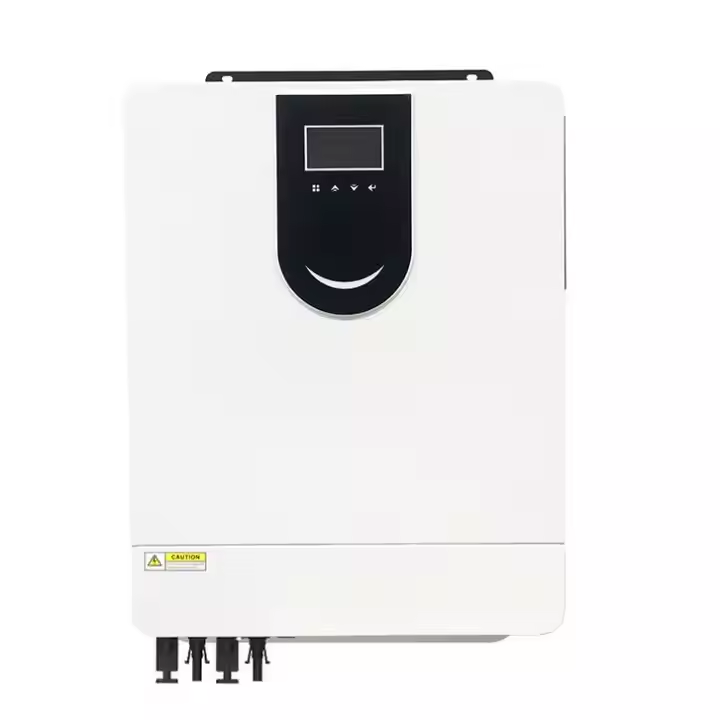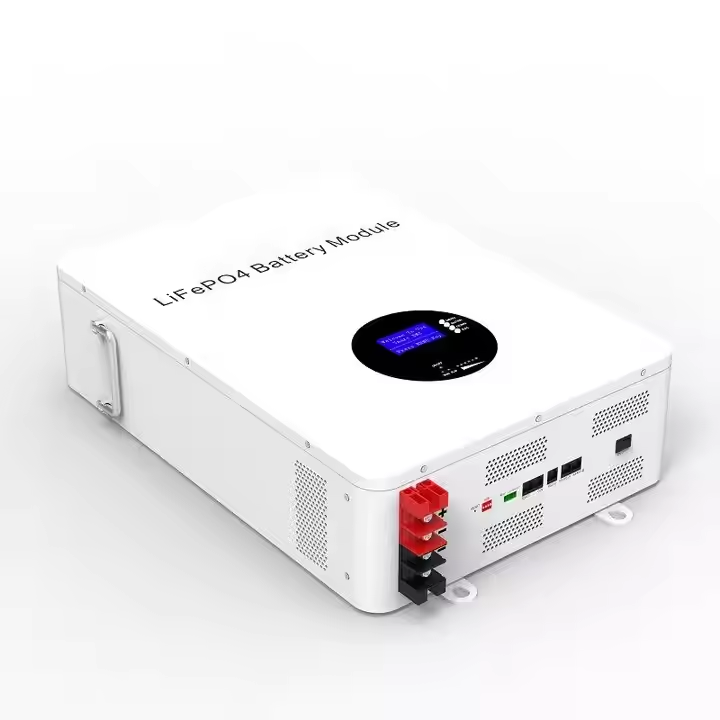Saudi Arabia’s push for renewable energy has unlocked an unprecedented opportunity: government rebates now cover 110% of the cost of a Solar Charge Controller, effectively paying you to install the very devices that regulate and protect your PV system. Whether you’re a homeowner, small business, or large industrial facility, these incentives transform the economics of solar. Below, we walk through how to tap into “hidden gold” rebates, optimize your system far beyond just the controller, and accelerate your journey to clean, cost-free energy.
I. Introduction
Saudi Arabia’s Vision 2030 aims to shift the kingdom from an oil-dependent economy to a diversified renewables powerhouse. Central to this plan is the National Renewable Energy Programme, which blends net-metering, long-term power purchase agreements, and direct cash rebates. Remarkably, the rebate structure for photovoltaic balance-of-system (BOS) equipment goes beyond 100%—covering 110% of your Solar Charge Controller cost. This means the government not only pays for your controller but also contributes extra toward related expenses, slashing your initial outlay and payback period.
II. Decoding the Rebate Landscape
A. National and Utility Incentives
Net-Metering Credits: Export surplus energy to the grid and offset your future consumption at retail rates, turning every kilowatt you produce into direct savings.
Land-Lease and Tariff Discounts: For larger rooftop or ground-mounted arrays, state entities offer subsidized site leases and reduced interconnection fees.
Direct Controller Rebates: Under specialized schemes, you receive cash back equal to 110% of the controller’s invoice value, deposited shortly after commissioning.
B. Tax and Financing Support
VAT Exemptions: Solar hardware—including controllers—in many cases carries zero VAT, immediately cutting 5% off your bill.
Green Loans: Low-interest, long-tenor financing covers up to 80% of project costs, with principal deferred until incentives land.
III. Why 110%? Government Strategy
The over-rebate is a deliberate move to accelerate solar adoption, hitting two goals at once: rapidly scale renewable capacity to meet 50% clean energy by 2030, and foster a local manufacturing base for BOS components. By over-incentivizing controllers, Riyadh ensures economies of scale that drive down future hardware prices and create domestic jobs.
IV. Step-by-Step: Claiming Your 110% Rebate
Check Eligibility: Any rooftop or ground-mounted system from 3 kW to 2 MW qualifies, provided you use approved controllers and inverters.
Gather Documentation: Submit invoices, installer certifications, and ECRA grid-connection proof to the Renewable Energy Project Development Office (REPDO).
Apply Online: Fill the REPDO portal with project specs; select your rebate option and upload bank-verified account details.
Commission & Verify: After installation, schedule a performance test with your utility; within 30 days, rebates hit your account—often exceeding your controller cost.
Maintain Compliance: Annual performance reports keep your PPA intact and ensure ongoing net-metering credits.
V. Beyond Controllers: Optimizing Your Solar Ecosystem
A. High-Efficiency Solar Panels
Choose panels with strong warranties, low temperature coefficients, and proven high-yield performance in desert climates. Local PV assembly programs sometimes carry extra incentives that stack with your controller rebate.
B. Hybrid Solar Inverters
Integrated inverters streamline DC-to-AC conversion, battery backup, and grid-tie functions. Look for models that sync seamlessly with your high-rebate controller and support time-of-use charge/discharge schedules.
C. Energy Storage Batteries & Solar GEL Batteries
Install battery banks sized for critical-load autonomy or peak-shaving arbitrage. Lithium-ion options yield the longest cycle life, while gel batteries offer robust performance in high-heat environments. Rebates and low-interest loans often cover up to 50% of battery costs.
VI. Real-World Success Stories
Riyadh Commercial Center (250 kW): Controller rebate covered 110% of hardware, panel subsidy cut module cost by 25%, ROI achieved in under two years.
Jeddah Residential Complex (50 kW): Homeowners collectively saved 90% on controller and inverter costs, slashed winter electricity bills by 75%.
NEOM Pilot Site (2 MW): Large-scale system leveraged full BOS incentives—including controller over-rebate—propelling plant commissioning three months ahead of schedule.
VII. Pitfalls to Avoid
Incomplete Documentation: Missing bank or installer credentials delays rebate payouts.
Non-Approved Equipment: Only controllers and inverters on the official REPDO list qualify—double-check model numbers.
Late Commissioning: Rebates require grid‐interconnection tests within six months of installation.
VIII. Looking Ahead: Evolving Support
New proposals aim to extend 110% coverage to inverters and metering hardware, as well as introduce performance-based top-ups for systems exceeding output forecasts. Emerging green bonds promise further financing for municipalities and large developers.
IX. Conclusion & Next Steps
Saudi Arabia’s over-100% rebates on Solar Charge Controllers represent a rare chance to turn a core piece of solar infrastructure into instant profit. Audit your site, choose approved hardware, and submit your application to REPDO today. With minimal upfront risk and a compressed payback timeline, there’s never been a better time to plug into Saudi’s hidden gold and join the clean-energy revolution.





